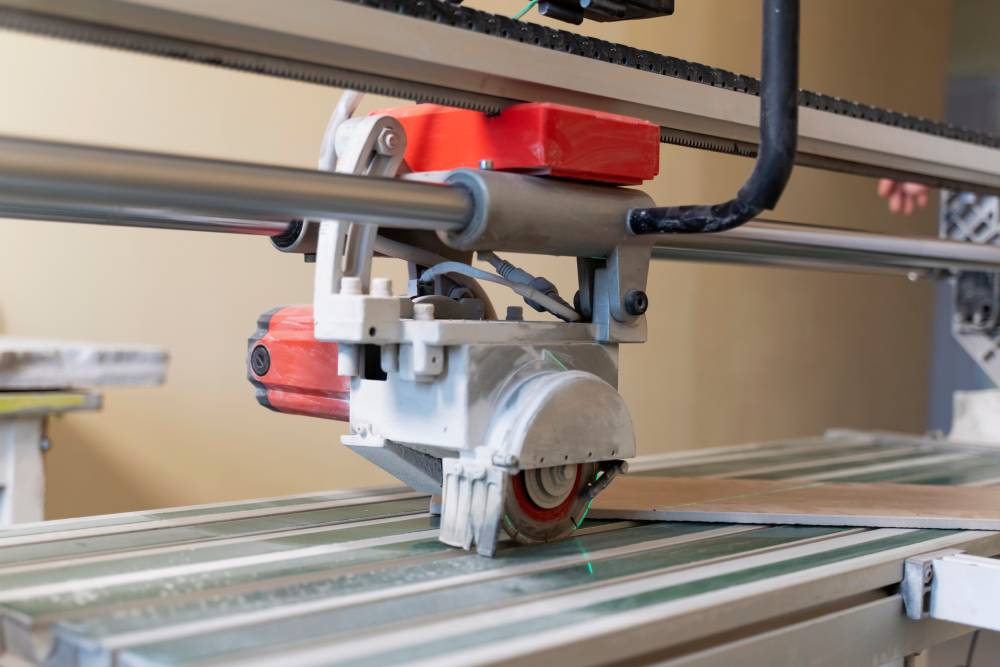Punching Machine
A punching machine is a machine tool that punches and embosses flat sheet materials to create form characteristics required as mechanical elements and/or to increase the static stability of a sheet portion.
Punching machines are vital instruments in the manufacturing and fabrication industries, providing precision and adaptability when shaping flat sheet materials. Additionally, these machines perform a variety of activities and have applications in a variety of industries beyond punching, helping to the manufacture of vital mechanical elements and strengthening the structural integrity of sheet sections.
The punching machine dates back to the industrial revolution, which saw extraordinary advances in technology and manufacturing techniques. As industries tried to increase efficiency and streamline production procedures, there was a demand for machines capable of punching and embossing flat sheet materials to provide form characteristics required for mechanical parts and to improve the static stability of sheet sections.
Richard Walsh, a pioneering inventor from Grayson County, Texas, saw this need and set out to create a solution that would transform sheet metal fabrication. Walsh's innovation resulted in the filing of a US patent for his punching machine in 1894, which was a watershed moment in industrial equipment history.
Punching Machine and Its Functions
A punching machine's principal function is to punch and emboss flat sheet materials to produce form features essential for mechanical elements and to augment the static stability of sheet sections. This process makes use of specialized tooling, such as punches and dies, to exert force on the sheet material to create accurate indentations, perforations, or other desired form features.
Punching machines find widespread applications across various industries, including automotive, aerospace, construction, and manufacturing. They are used to create a wide variety of components, such as brackets, panels, housings, and enclosures. Furthermore, punching machines aid in the manufacturing of structural elements that contribute to the stability and integrity of buildings, bridges, and infrastructure developments.
In addition to punching, punching machines are also capable of embossing flat sheet materials. This entails generating raised or recessed patterns on the material's surface in order to provide aesthetic or practical value to the finished product.
Additionally, flat sheet materials can be bent or shaped by punching machines to take on the required shapes or configurations. This feature is especially useful for fabricating intricate parts and structural components.
Some punching machines have also trimming features allowing them to trim excess material from the edges of sheet sections, ensuring precise dimensions and a clean finish.
Applications of Punching Machines
Punching machines are used in a wide range of manufacturing sectors to fabricate enclosures, housings, cabinets, and machine components, among other things. They are essential tools for manufacturers looking to maximize production processes and provide high-quality output because of their adaptability and efficiency.
However, punching machines play a crucial role in the automotive industry, where they are used to fabricate a wide range of components, including brackets, panels, chassis parts, and structural reinforcements. These components are necessary for the construction of the vehicle and improve the car's performance, safety, and appearance.
Punching machines are used in the aerospace industry to produce structural components and aircraft parts as well. From fuselage panels to engine mounts, punching machines help manufacturers achieve the stringent tolerances and quality standards required for aerospace applications.
Product : https://uzma.com.tr/en/category/hydraulic-ironworkers-punching-machines


